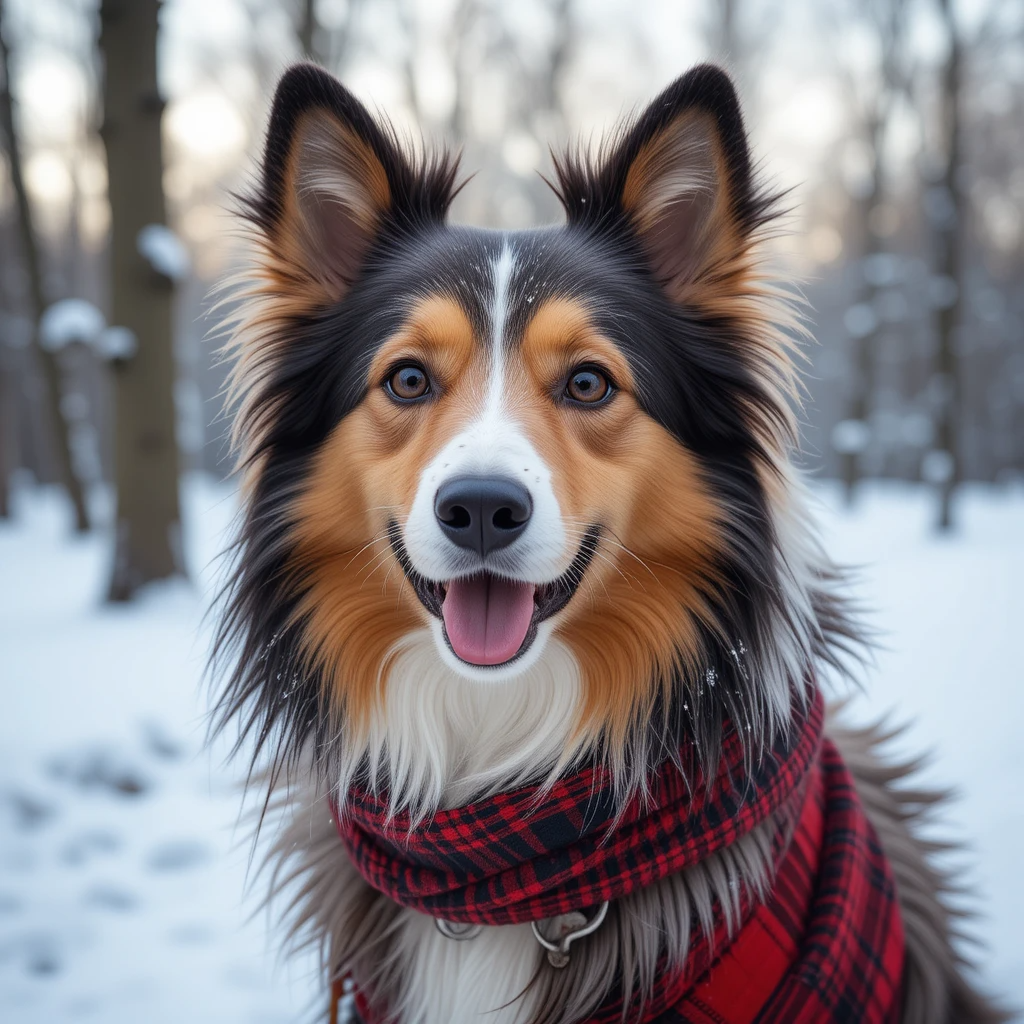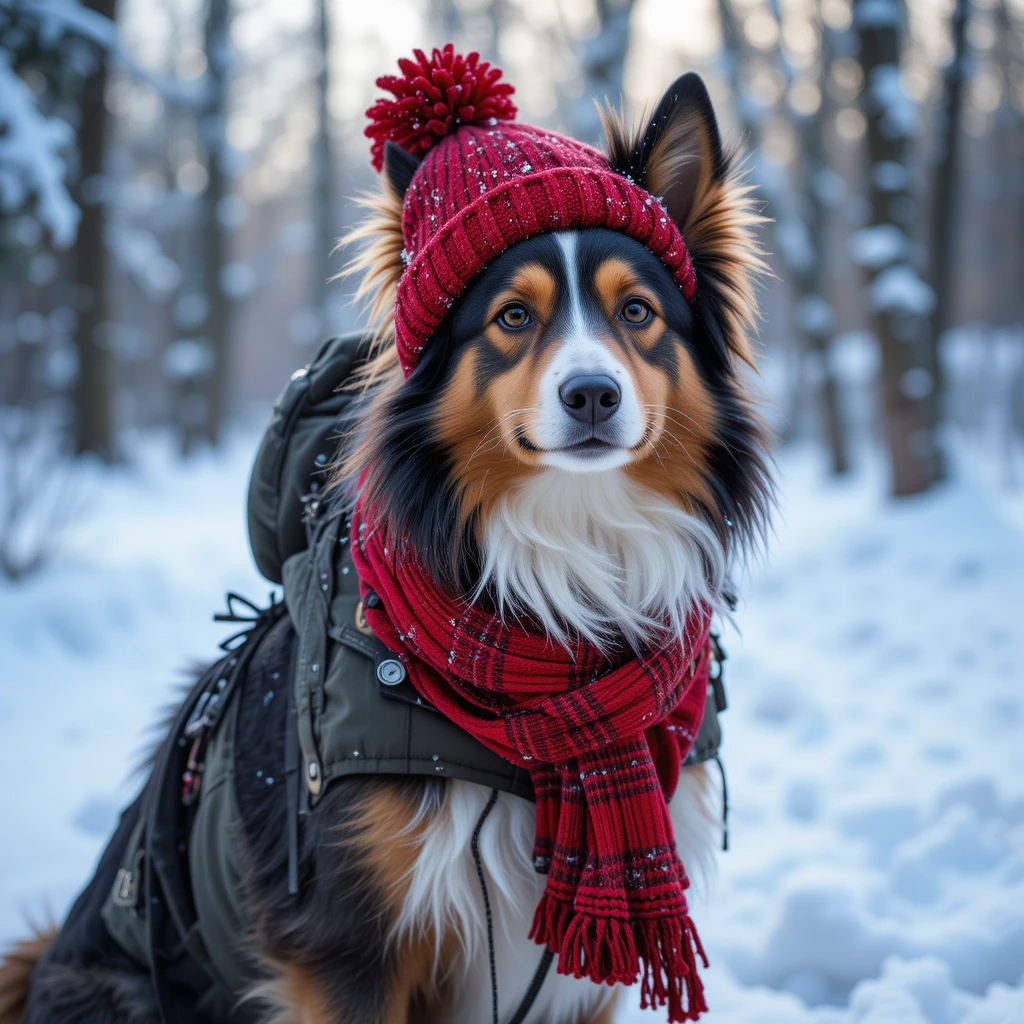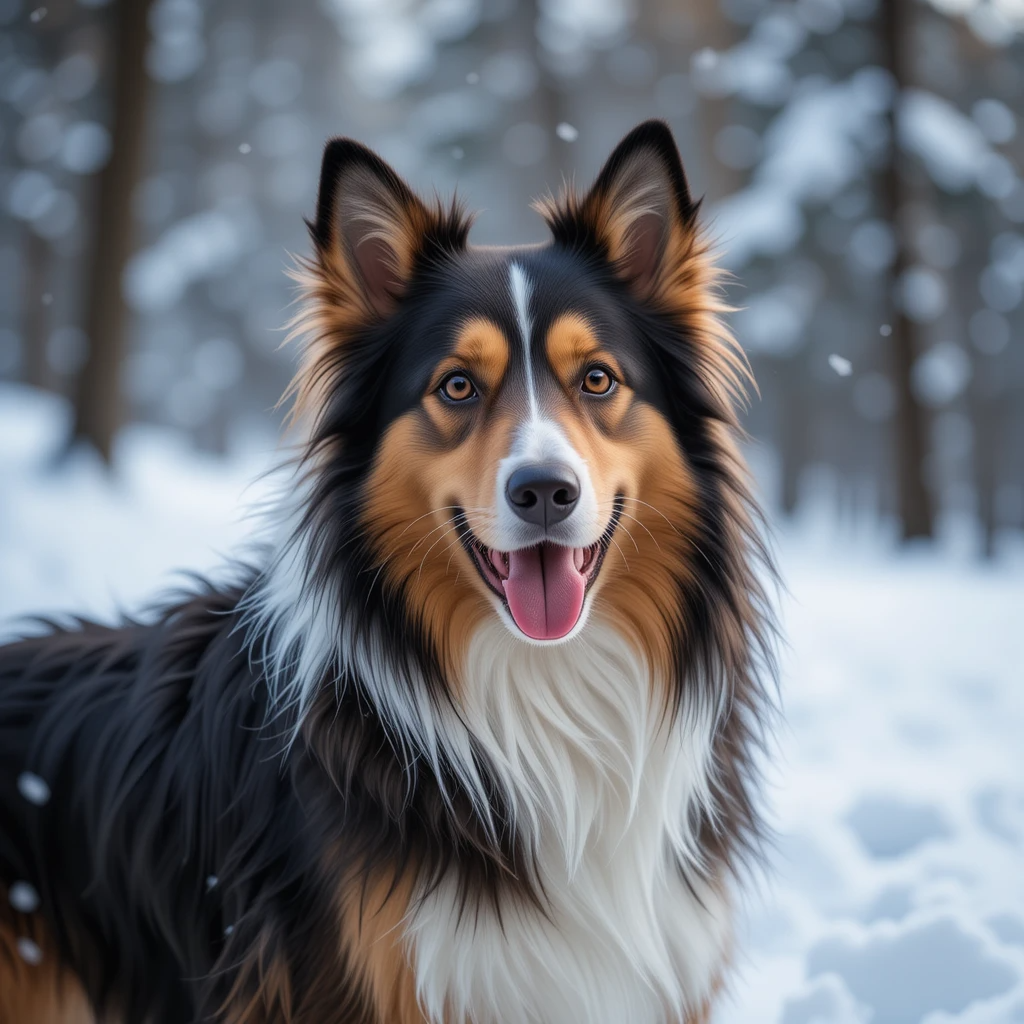Winter with a Shetland Sheepdog isn’t just another season—it’s an experience. Preparing for Winters with Shelties Shelties carry themselves with a blend of elegance and energy, and their thick double coat makes them look like they were born for snow. But appearances can be deceiving. While they can tolerate cooler weather better than many breeds, Shelties still need your help to stay healthy, comfortable, and happy during the colder months.
This guide explores everything from grooming and paw protection to nutrition, mental stimulation, and even health concerns specific to Shelties in winter. Think of it as your all-in-one seasonal handbook for Sheltie care.
Table of Contents
Understanding the Sheltie Coat in Winter
The Sheltie’s coat is more than just beautiful—it’s a complex system designed for insulation.
- The undercoat: Soft, dense, and responsible for warmth.
- The outer coat: Longer, coarser, and acts like a shield against rain, snow, and dirt.
Why grooming matters more in winter
If the undercoat mats, it traps moisture, which chills rather than insulates. That’s why brushing at least 3–4 times a week in winter is non-negotiable. Always work through to the undercoat with a slicker brush or undercoat rake. After snow play, dry the coat thoroughly—especially around the belly and behind the ears, where dampness lingers.

Outdoor Time: Keeping Shelties Active in the Cold
Shelties are herding dogs. Their DNA tells them to move, chase, and stay busy, regardless of the temperature. But winter adds challenges.
- Shorter, more frequent walks: Ten minutes of brisk activity is better than thirty minutes of slow wandering when the air is icy.
- Snow play: Shelties love bounding through snow, but check for hidden ice or sharp objects.
- Winter jackets: Not always necessary, but older Shelties, puppies, or those with health issues benefit from waterproof, insulated coats.
Remember: enthusiasm doesn’t equal endurance. Your Sheltie might not know when they’re getting too cold, so you’ll need to judge for them.
Paw Care: The Silent Struggle
Shelties often trot along happily until their paws start stinging from salt, ice, or cold. Protecting their feet is one of the most overlooked parts of winter care.
- Salt and de-icing chemicals: Rinse paws after walks; even small amounts can cause irritation or stomach upset if licked.
- Paw balm: Apply before and after walks to lock in moisture and protect pads from cracking.
- Boots: Some Shelties resist them, but with slow, positive training, many adapt.
If you see your Sheltie hopping, licking, or chewing their paws more than usual, it’s likely winter irritation.
Indoor Comfort: Making Home a Haven
Even with their coat, Shelties crave warmth. Here’s how to set them up indoors:
- Bed placement: Keep beds away from drafts, doors, or cold tile floors.
- Layering: Add blankets or a raised dog bed to keep them off chilly ground.
- Slippery floors: Use rugs or yoga mats for better traction; Shelties can injure joints if they slip often.
Nutrition: Feeding Shelties Through Winter
Shelties burn energy differently in winter. Some expend more calories keeping warm; others move less due to shorter daylight hours.
- Portion control: Monitor weight closely; Shelties are prone to gaining weight quickly.
- Omega-3s: Found in salmon oil or flaxseed, these keep coats glossy and skin less itchy in dry air.
- Hydration: Cold weather dehydrates too; refresh their water bowl often.
Mental Stimulation: Fighting Winter Boredom
Shelties aren’t just energetic—they’re brilliant. A bored Sheltie can become vocal, anxious, or destructive. With shorter days and fewer long walks, indoor enrichment becomes essential.
Ideas for indoor fun:
- Puzzle toys: Keep their problem-solving instincts sharp.
- Hide-and-seek: Hide treats or toys around the house for them to sniff out.
- Training games: Teach new tricks or refine old commands.
- Indoor agility: Use broomsticks for jumps, chairs for weaving, and cushions for tunnels.

Health Concerns to Watch in Winter
Shelties are generally hardy, but winter can trigger specific health issues:
- Arthritis and joint stiffness: Older Shelties may limp more in cold weather. Warm bedding and short, frequent walks help.
- Hypothermia: Rare but possible if left outside too long. Signs include shivering, lethargy, or weakness.
- Frostbite: Most often affects paws, tail tips, and ears if exposed for too long.
Traveling With Shelties in Winter
If you plan to take your Sheltie on holiday or long drives during cold months, remember:
- Never leave them in a cold car for extended periods—it’s just as dangerous as summer heat.
- Pack blankets, collapsible bowls, and paw wipes for road trips.
- Keep ID tags updated; snowstorms and icy conditions can disorient even the most well-trained dog.
Bonding in the Cold Season
Winter can actually bring you closer to your Sheltie. Quiet evenings by the fire, watching them nap after a romp in the snow, or sharing a warm blanket on the couch deepen the bond. Shelties thrive on being close to their humans, so don’t underestimate the emotional warmth they gain from your company.

Final Thought
Preparing for winter with a Sheltie is really about balance: embracing their love for snow and adventure while protecting them from the hidden risks of cold weather. With the right grooming, paw care, nutrition, indoor enrichment, and health awareness, you and your Sheltie can enjoy the season fully.
Winter isn’t just something to get through—it’s a chance to create memories: snowy walks, playful leaps into drifts, and cozy nights at home. That’s the magic of winter with a Sheltie.

